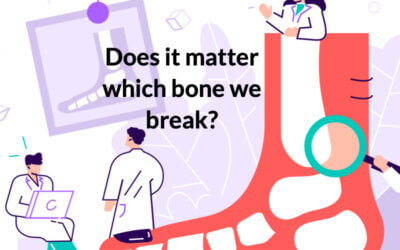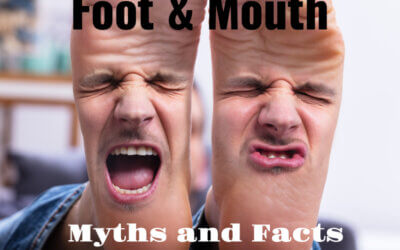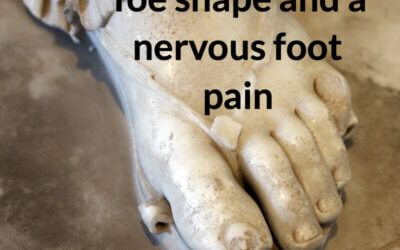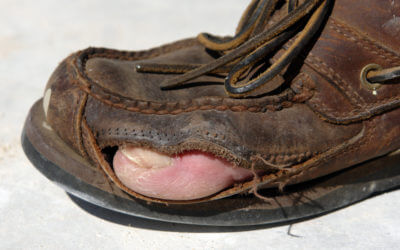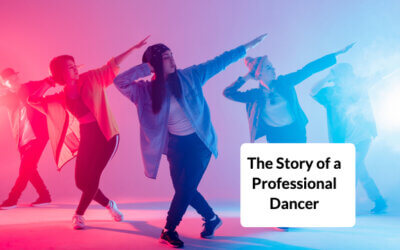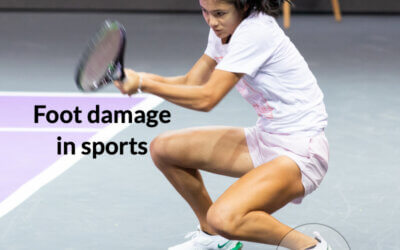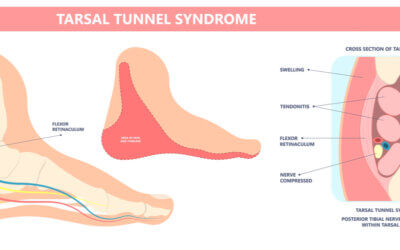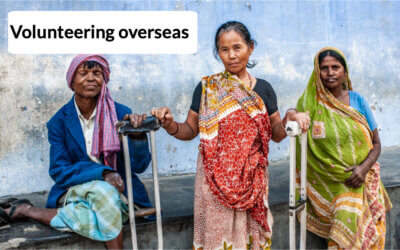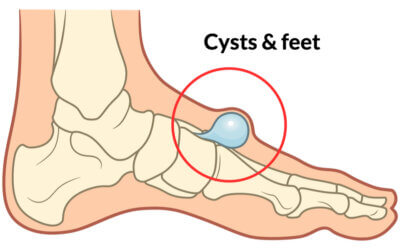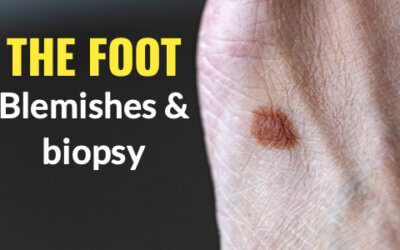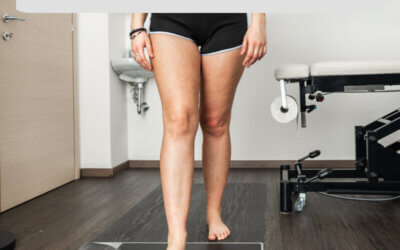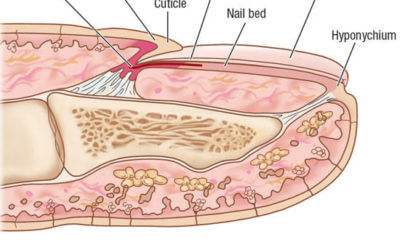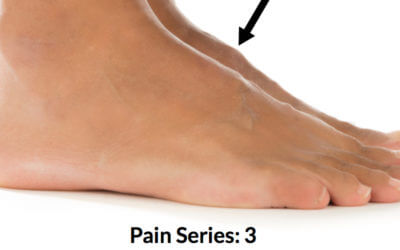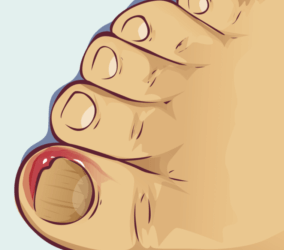What is a foot orthosis?
A podiatric consultation is wise for medical foot problems (diabetes, rheumatoid, psoriatic arthritis, compound arch pain, or deformity). High-performance athletes are best consulting a podiatrist with a sports interest as the market is broad and confusing for laypeople.
Urine Holds the Secrets of Health
In the past, physicians would hold up a sample of urine to the light and declare all manner of diagnoses. As a podiatrist in training, colour became a prodigious indicator of so many aspects of medical assessment – the colour of the lips for oxygen exchange, the skin and blemishes for cancer, the colour of the nail bed for heart and lung as well as kidney disease. In every case, subtle colour changes might have played a part from the yellowing features created by jaundice and hence a sign of liver malfunction to the loss of pigment in black skin – vitiligo. When it came to body waste, it was easy to assume this had nothing to do with the podiatrist…
Does it matter which foot bone you break?
When my wife broke a bone in her foot back in October 2021, no one was more surprised than me. During my career, I have been interested in two facts. How people walk on their feet for so long without knowing they have broken a bone. Secondly, the methods we use to make such an assessment can fail, or the diagnosis can be missed. I wanted to introduces broken bones into the discussion about foot health as part of my ongoing pain series. Officially we all know breaks as fractures. Fractures, by dictionary definition (Little Oxford dictionary, 2002), are cracks or breaks which serves my purpose well. A quick check on Wiki and the definition has not changed but our views have.
Fitness centres make health better
Fitness centres are often called gyms, but are they just places to enhance our bodies or can they contribute to our health and wellbeing? I talked to Daley Denning, manager of the LED centre at Seaton, to find out more about his service, career, and training.
A Writing Guide
Writing may not be your thing but the process is a great way to reflect on all manner of aspects of clinical practice and health benefits. CFP is NOT encouraging you to write scientific papers. Please reserve those for specific journals. IF for some reason you are rejected, then do try CFP and we can talk about the paper. CFP tries to be non-restrictive and wishes to help new authors. Of course experienced authors are welcome.
Foot and Mouth Tales and Myths
Pooke, an entrepreneur of his time, used good contacts amongst fellow clinical managers, one being a local dental officer. He soon saw the potential of the designs that dentists used and set out to replace the grotesque chairs that were not only substandard but did not recline. Even barber’s chairs reclined. This followed on with implementing autoclaves for sterilisation and Foot Care Assistants who supported chiropodists in these early days.
Winter is coming again
Welcome to my article ‘Winter is coming!’ where I will cover a bit about options to protect feet from the cold without the usual hard sell. Please click on my self-help advice sheet. An article on Trench Foot reminds us that this condition is not one relegated to the past.
Toe shape causing a nerve pain
It would be hard to believe that toe shapes causes a nerve pain. Of course the nerve is not called Morton’s anymore than all cakes are called Kipling, but maybe the shape of a cake could be called Kipling just as a toe shape might be called Morton’s toe.
Feet and the Great War 1914-18
Welcome to ‘Feet and the Great War’ – the origins of trench foot, although associated with the Great War, were recognised long before. This article can be downloaded below as part of ConsultingFootPain’s commemoration of an insane war which took the lives of nearly a million allied military personnel. You can download a full article on trench foot
What’s the difference between chiropody & podiatry?
Two leading organisations promote podiatry for professional members. The Royal College of Podiatry and The Institute of Chiropodists & Podiatrists. The question frequently asked is, what’s the difference between chiropody and podiatry? We must come out with the honest answer, perhaps unpalatable to some, obvious to others. Fact is the only value behind the solution.
Pain with failed healing after injury
Everyone knows about pain – it hurts, but what if that pain does not subside, or pain medication fail. In this article, I will introduce you to a pain known as the ‘sympathetic pain syndrome’.
Pain arises because of insult or injury. A process known as inflammation kicks off, and clinicians recognise redness and swelling as part of the so-called cardinal signs.
The foot bug that got out of hand
Wills liked to garden but developed a small tear in the skin at the base of his calf tendon. This soon developed into a serious leg infection which endangered his leg and life. With hospitalisation, he required a skin graft. His tale is one of warning and hope.
The concept of diagnosis
Fascinated by a problem with my pond leaking I realised this was a useful medium to describe how we might go about diagnosis with a few descriptions of the elements that can be applied to our human workings (physiology).
Old shoe new shoe
Let’s look at the everyday shoe. When should our old shoes be replaced for new shoes? If you are like me shoes last a long time, but then we all have our favourites which might wear down faster. My blue trainers looked sad as the outer coat (the Uppers) were speckled with garden shed paint having been replaced as my best friend. Conversion to a workhorse is economically sound as you can keep shoes going for longer even if they are past their best. When should you chuck them out? How can you keep them lasting longer? This is the subject of my article this month.
Footwear can be tricky
As a child of the late fifties, I had my feet measured with loving care. It was an independent shoe outlet called Pomfret’s. As the years went by the father moved on and left it to his son John, a smart forty-something man with tight but neatly creased trousers, and sharp-pointed slip-on shoes. His haircut might have come from the days of Elvis Presley.
Why look after our feet?
This brief overview of foot health might help readers understand a little more about why we should look after our feet.
Are walking poles another fad?
As far as health is concerned a walking aid provides stability by increasing support for the body under our feet. Walking aids offer different benefits and so I thought I would compare two types of movement. One is called trekking, the other Nordic walking. The aids or poles used are therefore called trekking poles or Nordic walking poles. For many, it might seem using a pole or a stick appears as a weakness. Serious walkers benefit from such aids.
Revision surgery and the first toe
In this series we are discussing revision surgery and the first toe, often associated with a painful bunion. The joint surface was damaged but the left side less than the right. Bunions frequently have loss of the surface of cartilage resulting in stiffness. The surgeon must decide which of the 150+ operations is best suited.
The Story of the Professional Dancer
Professional dancing is a tough career. Not only does it require absolute dedication and sacrifice of education and some pleasures, but such extreme focus can lead to a plethora of injuries that can linger into later life. The life span of a dancer at the top of her game is dependent on many factors. Jenny Murray agreed was interviewed for ConsultingFootPain and agreed to share her experience as a professional dancer. She took me back through some her career and we discussed what this meant to her and of course for her health in particular
Big Toe Pain and Tom’s Story
This is Tom’s story and his ongoing stiff toe joint painWhen things don’t go to plan what do you need to know? Throughout, clinician comment will elaborate on the story line. Please read the other cases on ConsultingFootPain as these paint a different picture starting with the Introductory article.
I joined Tom two months after surgery in a UK National Health Service Hospital. Tom was 70 at the time of surgery.
Morton’s Nerve Pain
Nerves can recover but often start off because there is local inflammation. The symptoms of what we call neuritis can shoot back up the foot, are often short lived and occur when the foot is compressed initially. Most of the population consult someone between the ages of 40-60. However, there are some who experience the condition as early as 20-30. If caught young then recover can be encouraging. In 1995 Gordon Bennett looked at 115 patients and followed them for 2 years. Thirty-nine percent did well with insoles and footwear alterations. In other words altered their footwear.
What age is best for bunion surgery?
Wouldn’t it be nice to read something that told you exactly what age and when to have your bunion operated? This is but a taster to make you consider your options carefully. There are other links from ConsultingFootPain
Tennis player loses her toenails
Good foot care should be carried out for all sportspeople. They spend huge sums on their sport so they should invest in ensuring the foot is stable and the footgear is correct for their foot shape. Shoes should be fitted with care and the constituent materials should be considered equally important. Consultingfootpain is keen to ensure the public receives good advice so here is some self-help information
Nail care is essential in sports
Having a go yourself sounds a good idea and so there are two approaches to help you. What you can do to prevent the problem from arising and secondly what to do if it happens to you. Let’s start with managing the nail if a problem arises.
Tarsal Tunnel Pain
I want to introduce you to the condition called tarsal tunnel syndrome as a cause of heel pain but with the distinctive quality that the pain burns. The second feature that gives the condition away is that feeling of fullness, a sort of exploding sensation when exercising worsening with standing walking or running. Sometimes this type of problem pain is called referred. This means that the source of pain and location may not match. The pain may be in front of the foot but is related to the structures in the hind part of the foot.
More about heel problems
The most common types of heel pain problems arise from general overuse or repetitive heel pad strain but heel pain is complex and if left can resist treatment. In this article, there are four key subjects that you need to know about. The first relates to children while the other conditions are adult related. There are conditions such as rheumatoid arthritis, gout and ankylosing spondylitis that may affect the heel as well as rarer conditions and of course fractures. If the pain does not subside with self-help remedies recommended after several weeks, then seek professional medical help from a podiatrist or medical practitioner.
The Vascular Podiatrist
Taking a good clinical history is vital together with social history. We cover limb oedema (swelling) and changes in the skin with the effects of poor supply. The ultrasound Doppler and blood pressure tests in arms, ankles and toes are vital to match clinical findings with factual changes in pulse quality, pressures and the types of waves. All this information can make a prediction as to the risk associated with vascular disease from amputations to aneurysms to clots and thickening of the walls of blood vessels.
Understanding ganglions in feet
The nuisance factor behind ganglia and swellings is the potential for pain associated with trapped nerves producing sharp electric shock pains that can shoot into the foot or up the leg. Infections are not common but cause ascending pain and must be investigated and managed. Deeper bursae do well from injections where they form part of normal anatomy. These are called an anatomical bursa. Tethered down with strapping can help or they can be protected by foam and gel padding.
Biopsy in the foot
There are several techniques available to the surgeon. We can shave the top to acquire a sample or we can punch a section out using a small punch. The last technique is excisional biopsy, often used as part of treatment. Shave, punch and excisional biopsy are the different techniques. Biopsy is designed as a diagnostic method of test for abnormal skin cells.
Biomechanics and the foot orthosis
In the USA, from the sixties, the earlier designs were based around a popular subject called ‘biomechanics’. This was a pseudo term but became a significant part of the podiatric medicine degree course in the USA. Much of this pseudo-science involved measurements with protractors (tractographs) and in build error ‘eyesight’ assessment which led to assumptions with a predilection for the concept of wedging. The foot orthosis (F.O.), as it was called, tried to separate itself from the older insole and appliance. A google search today will still confuse the terms.
No Results Found
The page you requested could not be found. Try refining your search, or use the navigation above to locate the post.
Nail Toxicity after Cancer Treatment
Here are three types of conditions that can affect the nail: Onycholysis – separation of the nail. Involution – the nail starts to excessively curl creating a pinching effect of the skin at the sides and nails coupled with a weakened immunity, it allow opportunistic fungal infections to take hold.
Foot bump on top of the foot
Information about the condition of foot bump also known as tarsal boss can be confusing and patients want to know what they can do for themselves without a hard sell. Here are a few ideas together with a realistic view about what the internet says about the condition.
Ingrown Toenails
Ingrown Toenails The myths and facts surrounding IngrownToenails could not have been better presented when Mark Wahlberg described his nail on national TV with Ellen DeGeneres. This was obviously that sort of condition that was going to achieve a ‘high yuck...
Writing a Patient Diary
Writing a Patient Diary Writing a patient diary is fun. It keeps you on track and prevents you from forgetting those events. By the second week you might forget all of the problems you will have encountered during the first days. This is free so just download...
No Results Found
The page you requested could not be found. Try refining your search, or use the navigation above to locate the post.


